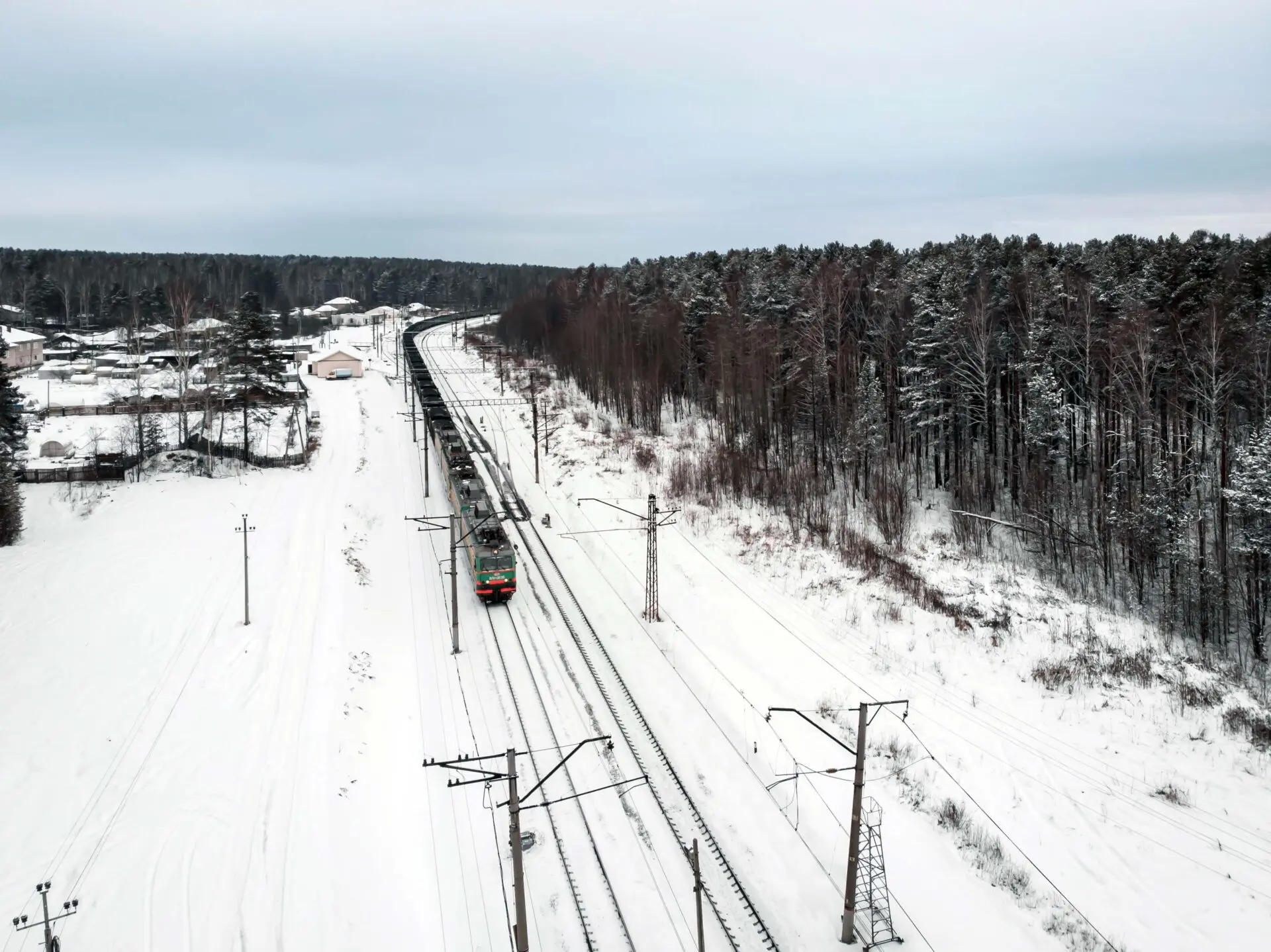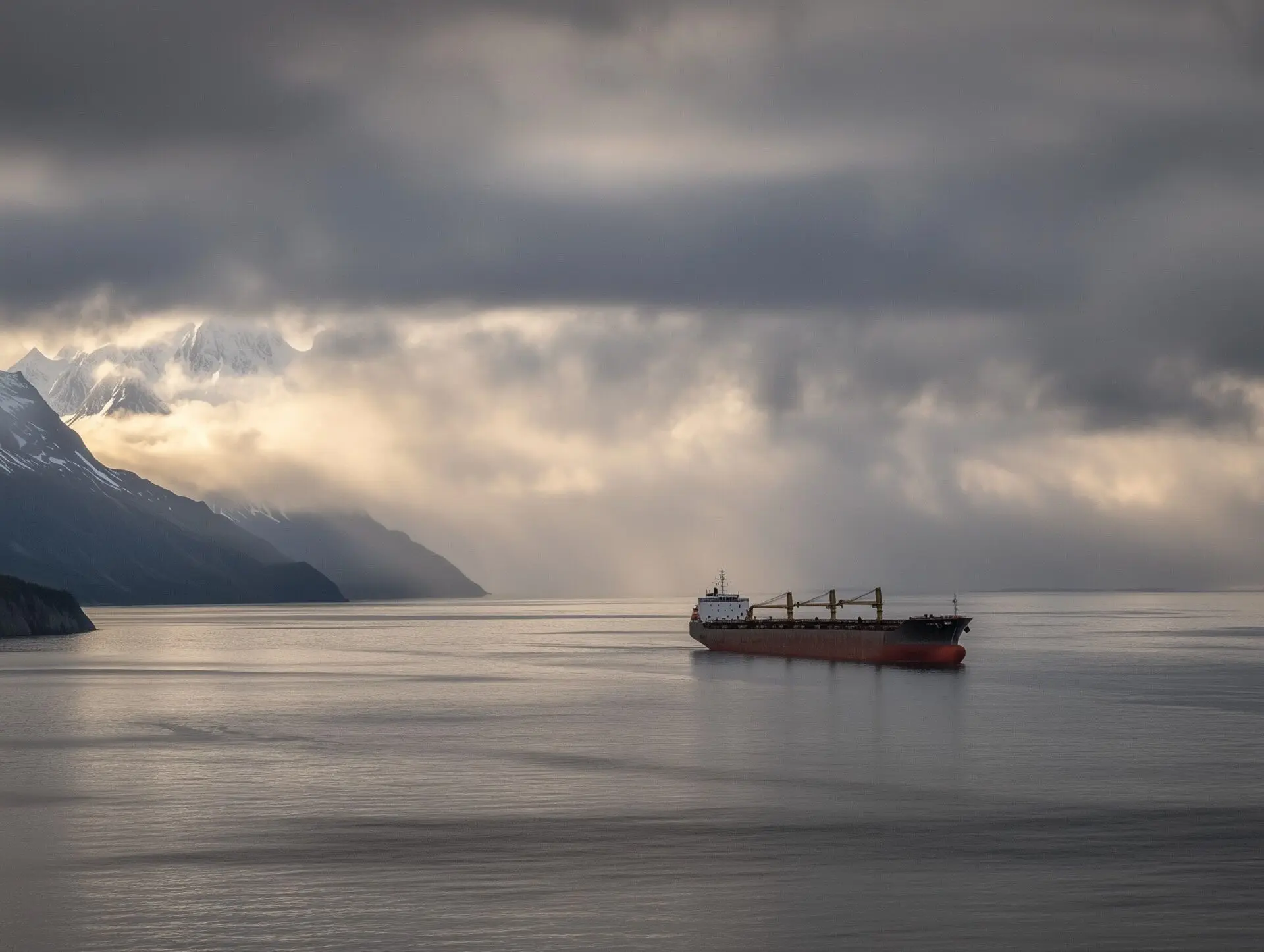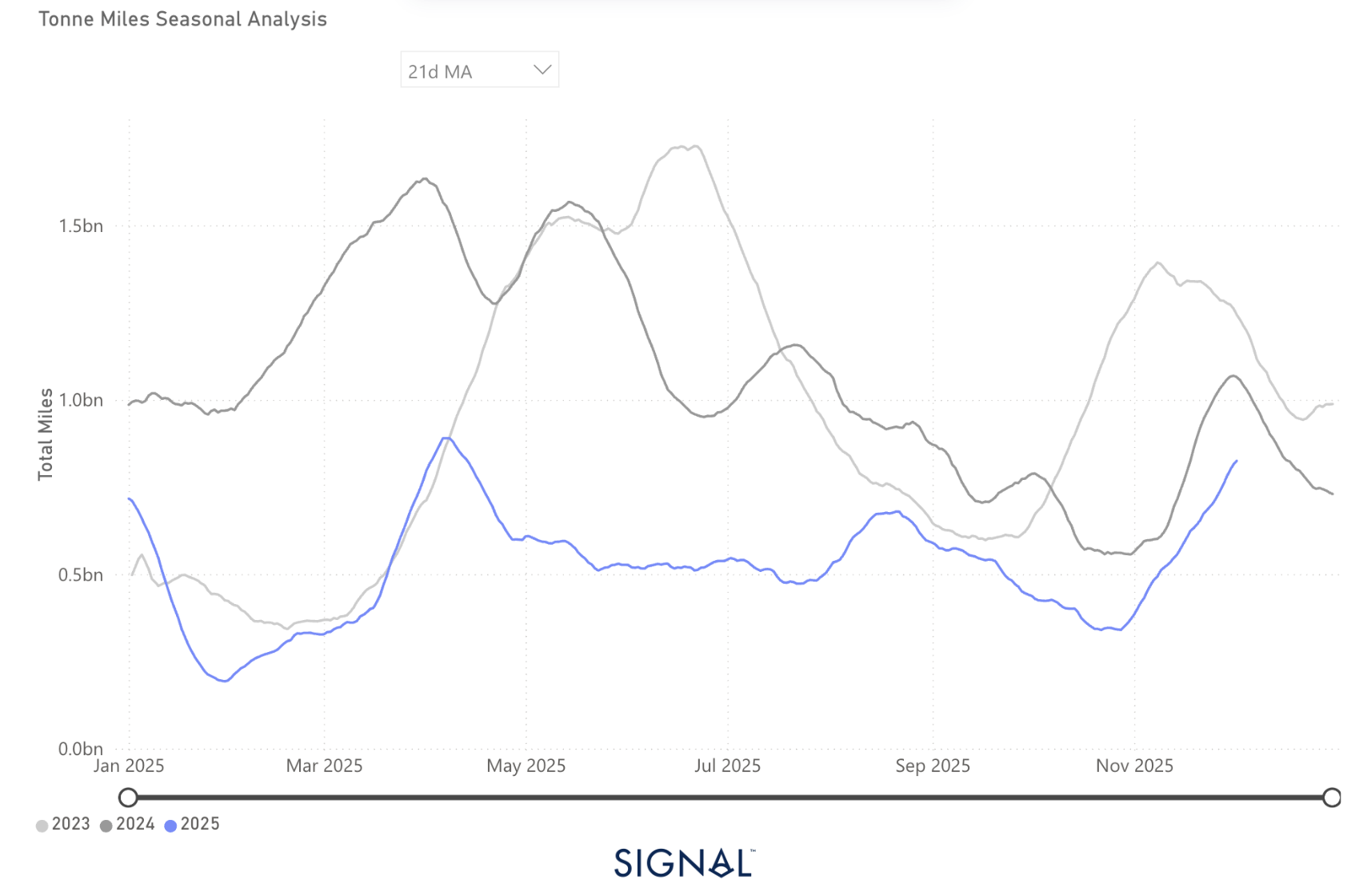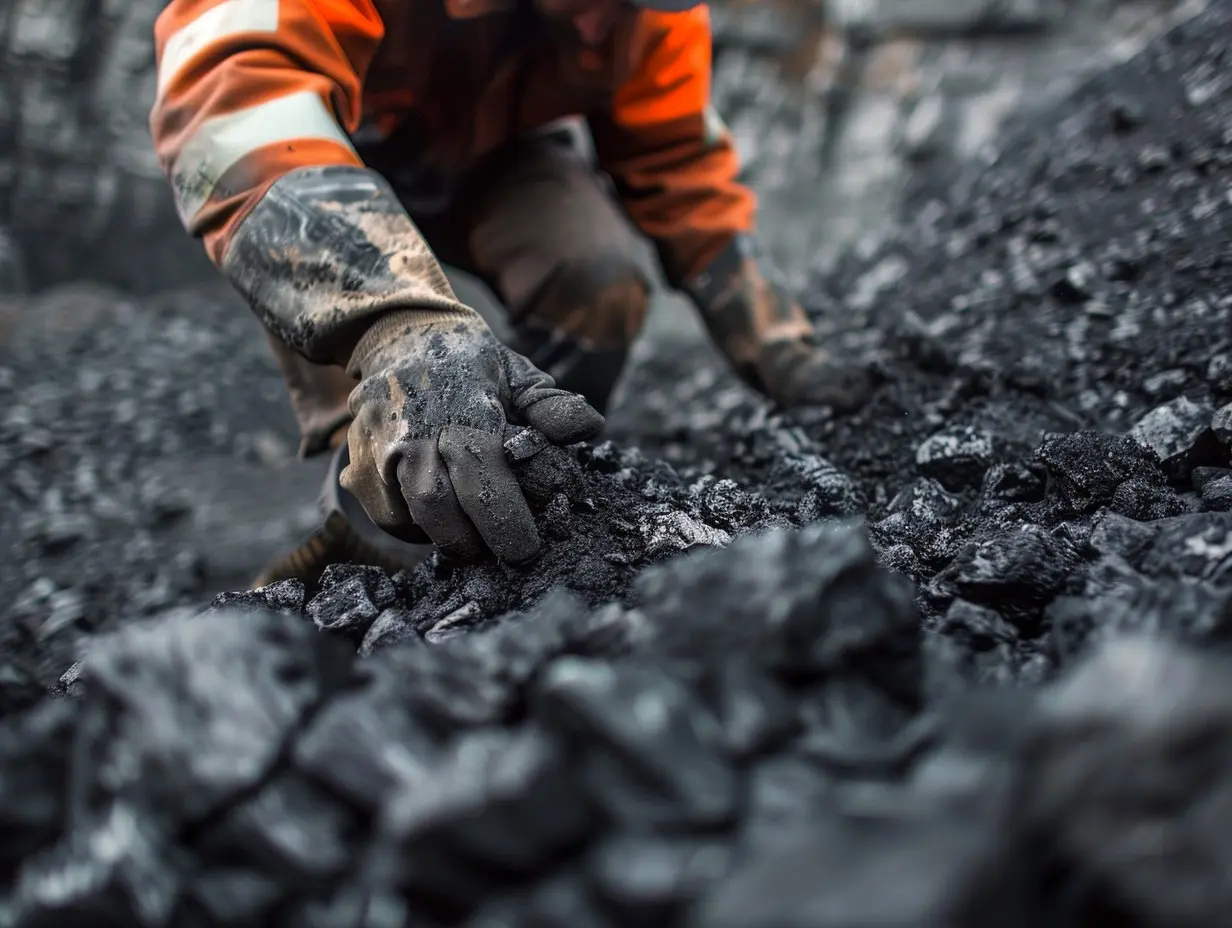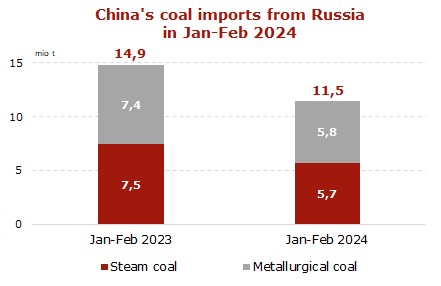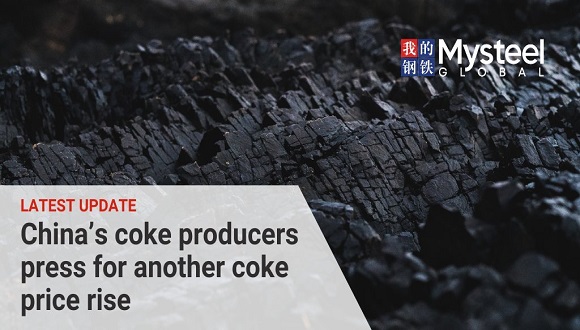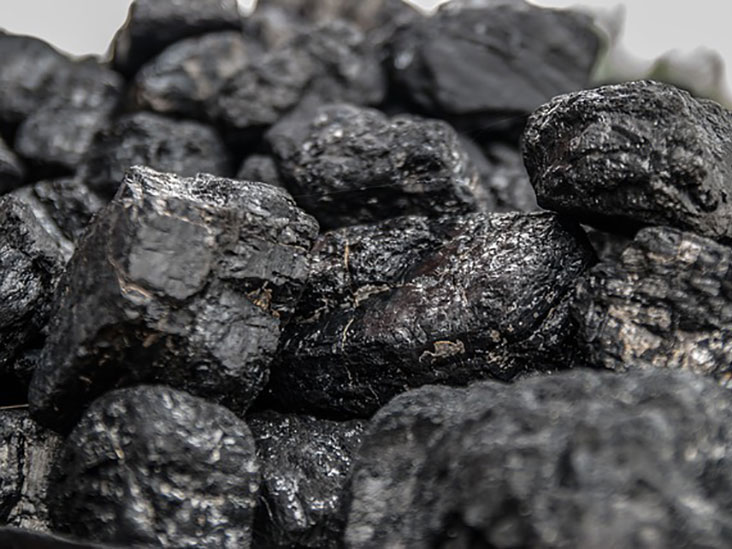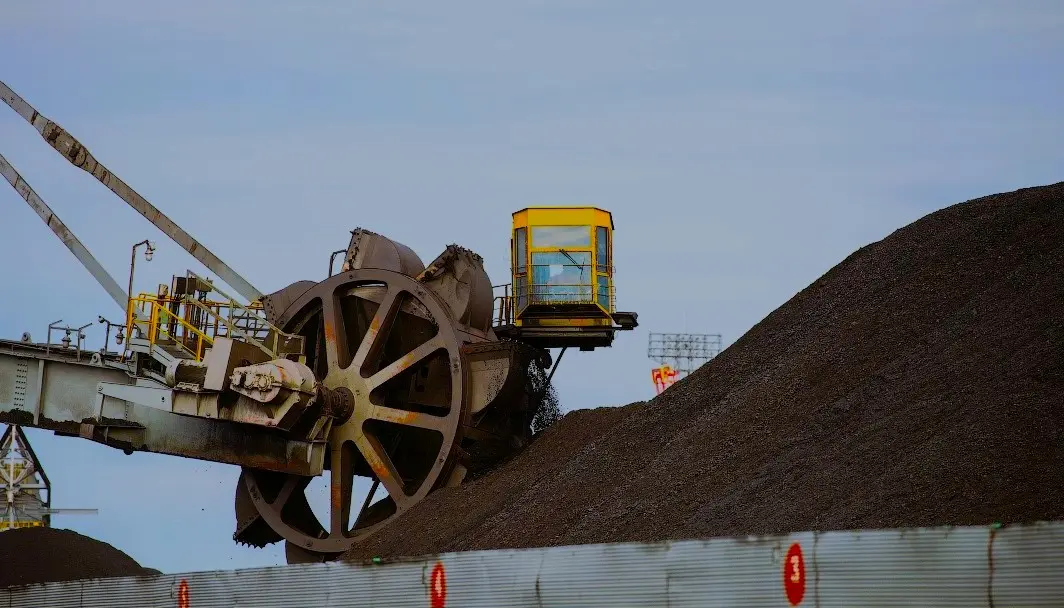
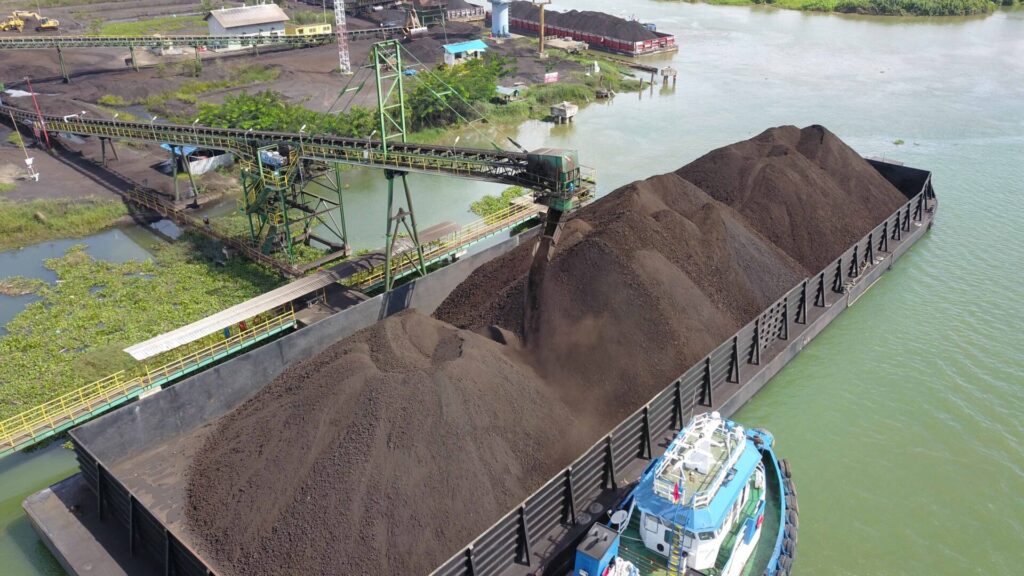
Over the past week, European thermal coal indices adjusted below 98 USD/t under the pressure of stable and sufficient level of ARA stockpiles, as well as the end of the heating season, while the growth of gas prices amid active withdrawal curbs the negative dynamics in the coal market.
Gas quotations at the TTF hub strengthened to 493.25 USD/1,000 m3 (+22.61 USD/1,000 m3 w-o-w). European gas storage reserves declined by 2% to 34%. Furthermore, the German Energy Minister ruled out the possibility of restoring the Nord Streams operation in case the conflict between Russia and Ukraine is resolved. Coal stocks at ARA terminals remained almost flat at 3.64 mio t (-0.05 mio t w-o-w).
South African High-CV 6,000 returned to February 2021 lows, dipping below 87 USD/t on the back of weak demand in India, where stockpiles remain high. Coal inventories at Richards Bay Coal Terminal (RBCT) rose marginally to 3.79 mio t (+0.09 mio t w-o-w).
South African coal company Exxaro faced the inability to load railcars at its main mine because of track erosion on the Waterberg line. According to some estimates, the repair of this line will take 4-6 weeks, however, this should not have a significant impact on the market. Exxaro reported growth in shipments through the Maputo export terminal in Mozambique in 2024 and said it would continue to actively use this route despite higher transportation costs.
Thungela stated that even if operator Transnet manages to improve the situation on the rail network, the company’s thermal coal export shipments in 2025 could decline by 6% to around 12.8 mio t against 13.6 mio t in 2024 amid rising production costs.
In China, spot prices for 5,500 NAR coal at the port of Qinhuangdao lowered to 96 USD/t on weak trading activity and high stockpiles at ports. Pressure also persists because of lower prices from suppliers, seeking to get rid of excess inventory as well as the approaching end of the heating season, resulting in a 1 mio t/d reduction in demand in the northern regions of China. Many participants believe that stocks drawdown will happen slowly, given the decrease in consumption and seasonal growth of renewable generation.
Inventories at the 9 major ports reverted to the historical maximum at 31.40 mio t (+0.11 mio tw-o-w), while coal stocks at the 6 largest coastal thermal power plants totaled 13.44 mio t (+0.25 mio t). The consumption fell to 780 kt/day from 788 kt/day a week earlier.
Indonesian 5,900 GAR eased to 84.8 USD/t, the price of 4,200 GAR strengthened to 49.8 USD/t. Uncertainty over the application of domestic Indonesian price indices (HBA) remains. However, the government adjusted HBA prices downward for the second half of March and market participants are expecting a recovery in demand, which is already seen in Low-CV material.
The Association of Indonesian Mining Companies opposed a 1% rise in coal mining tax, which would drive up the cost of production. The Association noted in its appeal to the government that the current market situation is unfavorable for increasing the fiscal burden.
Australian High-CV 6,000 plunged sharply below 94 USD/t as part of a downtrend in the Australian market since Q4 2024 on falling imports from Japan and South Korea. Imports from Australia were also cut in February by Vietnam, favoring other exporters, including Indonesia. Moreover, last week US exporters boosted thermal coal shipments to Japan, India and other countries by 12%.
The Australian HCC metallurgical coal index sank below 170 USD/t, following oversupply and insufficient demand as consumers expect prices to fall further. On the Chinese side, there was an uptick in inquiries, but consumers were hesitant due to conflicting signals in the domestic market, including possible price cuts by coke and steel producers.
Source: CCA Analysis

